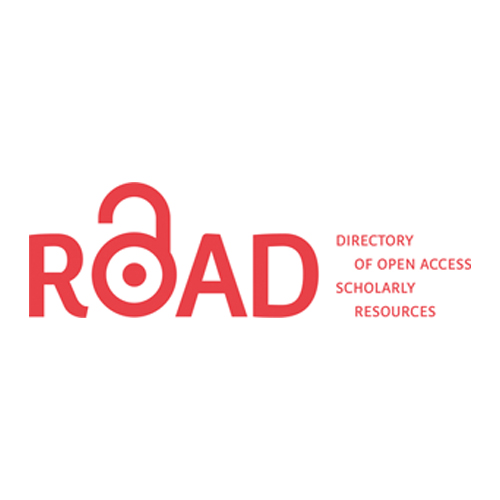Common European Framework of Reference for Languages (CEFR) at Work: From Concept to Classroom
Abstract
Scenario of higher education in India, according to NASSCOM-McKinsey Report is that India produces
over 3.1 million graduates, including more than 0.5 million technical graduates, but most of these technical
graduates are unabsorbed. This is because majority of them are unemployable. One of the chief reasons for
their unemployability is their inability to use English language effectively. They are not able to express their
ideas and views properly in English language. The technical education in India has reached to its pinnacle,
but still we are grappling with basic issues like how to teach English to engineering students.
Are we any closer to developing standard methods of teaching English to the students of technical
education? What are the best practices in the world? What lesson can India learn from these practices?
While everyone involved in the field knows the importance of English, the efforts made for the same are not
sufficient and satisfactory. They are not bearing the expected fruits. Still quite a lot of new avenues need to
be explored. There is an urgent need of designing and implementing a need based course for the technical
students. Present paper focuses on conceptualizing, designing and implementing Communication
Proficiency in English Course based on CEFR (Common European Framework of Reference for Language)
at Marwadi Education Foundation’s Group of Institutions (MEFGI), Rajkot. This course is designed by
Department of Communication Skills, MEFGI. It also discusses the evaluation process and roles of
facilitators and learners along with challenges that teachers face in executing this course at MEFGI. The
paper aims at sharing the success story with a view to proposing a model which can be uniformly used in
Gujarat in particular and in India in general.
Downloads
References
Stern H. H. (2007). Fundamental Concepts of Language Teaching. New Delhi: Oxford University
Press.
Council of Europe. Common European Framework of Reference for Languages: Learning, teaching,
assessment. Cambridge University Press.
Singh A. K. (2010). Towards Interdisciplinarity. New Delhi: Creative Books.
Prensky, M. (2001) Digital Natives, Digital Immigrants. Retrieved from Marc prensky’s website:
www.marcprensky.com
Prince Emma-Sue., & Singh Manish S. (2014). English for Employability: Setting Common
Standards A Research Report. British Council. Retrieved from British Council Website:
http://www.britishcouncil.in/sites/britishcouncil.in2/files/esfe_report_low_res
National Employability Report Engineers (2014). Aspiring Mind. Retrieved from Aspiring Mind
Website:
http://www.aspiringminds.in/docs/national_employabilityReport_engineers_annual_report_2014
Ansari Hamid M. (2015). Education, Empowerment and Employability. Retrieved from Shri M
Hamid Ansari Website: http://vicepresidentofindia.nic.in/contents.asp?id=530






